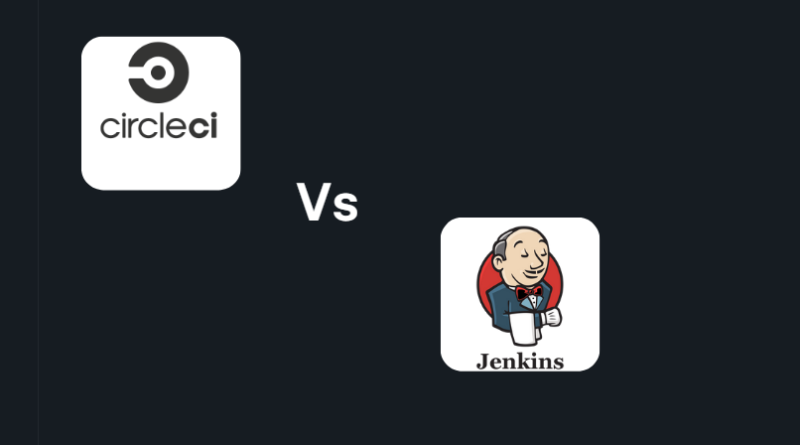Circleci vs Jenkins : Best CI tool
CircleCI and Jenkins are two popular continuous integration (CI) tools that can be used to automate the software development process. Here’s a comparison of the two:
- Ease of use: CircleCI is generally considered to be easier to set up and use than Jenkins, which requires more configuration and scripting. CircleCI has a simple and intuitive web interface and a YAML-based configuration file that is easy to understand and use.
- Integration with cloud platforms: CircleCI has native integration with several cloud platforms, such as AWS, Google Cloud, and Azure, making it easy to deploy your code to these platforms. Jenkins, on the other hand, requires more configuration and setup to integrate with cloud platforms.
- Scalability: Both CircleCI and Jenkins can scale to support large teams and complex projects. However, CircleCI’s cloud-based architecture makes it more flexible and scalable than Jenkins, which requires more manual setup and configuration.
- Customizability: Jenkins offers more customization options than CircleCI, allowing you to create custom scripts and plugins to automate your build process. CircleCI, on the other hand, has a simpler and more streamlined approach to automation, which can be beneficial for teams that prefer a simpler setup.
- Pricing: CircleCI has a simpler and more transparent pricing model than Jenkins, which can be more complex and difficult to understand. CircleCI offers a free plan for small teams, with pricing plans based on usage and features. Jenkins, on the other hand, is open source and free to use, but requires more manual setup and configuration.
Overall, both CircleCI and Jenkins are powerful tools for automating your software development process. The choice between the two depends on your specific needs and preferences, such as ease of use, scalability, integrations, customizability, and pricing.




